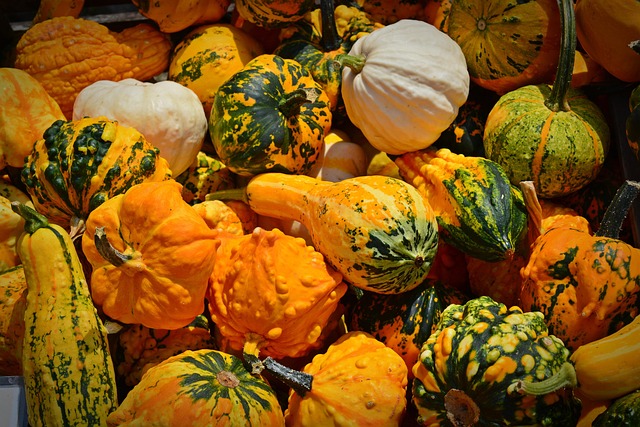Leaf collection and mulching are eco-friendly practices that transform fallen leaves into nutrient-rich mulch, enhancing soil structure and reducing weed growth. By adopting sustainable methods like raking or using equipment, composting, and recycling, homeowners contribute to reduced environmental impact and efficient yard waste removal. A holistic approach includes assessing lawn health, trimming hedges, mowing grass optimally, clearing debris, and exploring eco-friendly tools and programs for effective yard waste removal and recycling. These practices not only minimize ecological footprint but also foster a healthier ecosystem by repurposing organic matter.
“Enhance your yard’s health and aesthetics with efficient leaf collection and mulching practices. This comprehensive guide delves into the benefits and processes of these essential tasks, empowering homeowners to transform yard waste into valuable resources. Learn how proper preparation techniques streamline leaf removal, ensuring a vibrant landscape year-round.
Explore the environmental advantages of recycling leaves as a sustainable Yard Waste Removal and Recycling practice, contributing to a greener, more ecologically balanced ecosystem.”
- Understanding Leaf Collection and Mulching: Benefits and Process
- How to Prepare Your Yard for Efficient Leaf Removal
- The Environmental Impact: Recycling Leaves as a Sustainable Practice
Understanding Leaf Collection and Mulching: Benefits and Process

Leaf collection and mulching are essential practices for maintaining a healthy yard and garden, offering numerous environmental benefits while streamlining waste management. This eco-friendly approach involves gathering fallen leaves and transforming them into nutrient-rich mulch, which can then be recycled back into the landscape.
The process begins with efficient leaf collection, typically done through raking or specialized equipment, ensuring a thorough removal of yard waste. Collected leaves are then transported to composting or recycling facilities, where they undergo decomposition. This controlled process breaks down the organic matter, resulting in nutrient-dense mulch that can enhance soil structure, suppress weeds, and provide essential vitamins and minerals for plant growth—all while diverting potentially harmful yard waste from landfills, thereby reducing environmental impact and promoting sustainable practices in yard waste removal and recycling.
How to Prepare Your Yard for Efficient Leaf Removal

To prepare your yard for efficient leaf removal, start by evaluating the overall health of your lawn and trees. Regularly trimming hedges and mowing grass at the appropriate height ensures a neat and tidy appearance while promoting healthier growth. Clear any existing debris like twigs or branches, as these can hinder the effectiveness of your leaf collection efforts.
Next, consider the tools you’ll use for yard waste removal. Investing in a quality leaf blower or rake will make the process faster and more efficient. For eco-conscious homeowners, recycling is an excellent option. Many local municipalities offer programs for leaving leaves on your lawn as a natural fertilizer, reducing the need for external mulch.
The Environmental Impact: Recycling Leaves as a Sustainable Practice

The practice of recycling leaves is an environmentally conscious approach to what was once considered mere yard waste removal. By collecting and processing fallen leaves, communities can significantly reduce their environmental impact. Leaves, when left to decompose naturally, contribute to nutrient depletion in soil due to their high carbon content. However, through responsible recycling, these organic materials can be transformed into valuable resources.
Mulching, for instance, involves using recycled leaves as a natural insulator, benefiting both gardens and the environment. It reduces the need for synthetic fertilizers by enhancing soil structure and promoting nutrient retention. This sustainable practice not only minimizes yard waste but also contributes to a circular economy, where organic matter is reused and repurposed, fostering a healthier ecosystem.
Leaf collection and mulching are sustainable practices that not only enhance yard aesthetics but also have positive environmental impacts. By understanding the benefits and implementing efficient processes, homeowners can effectively manage yard waste removal while contributing to a greener planet. Remember, proper preparation and recycling leaves can significantly reduce the amount of organic waste sent to landfills, making it a game-changer in today’s digital era.
